Estimating the future burden of cardiovascular disease and the value of lipid and blood pressure control therapies in China
- PMID: 27165638
- PMCID: PMC4862139
- DOI: 10.1186/s12913-016-1420-8
Estimating the future burden of cardiovascular disease and the value of lipid and blood pressure control therapies in China
Abstract
Background: Lifestyle and dietary changes reflect an ongoing epidemiological transition in China, with cardiovascular disease (CVD) playing an ever-increasing role in China's disease burden. This study assessed the burden of CVD and the potential value of lipid and blood pressure control strategies in China.
Methods: We estimated the likely burden of CVD between 2016 and 2030 and how expanded use of lipid lowering and blood pressure control medication would impact that burden in the next 15 years. Accounting for the costs of drug use, we assessed the net social value of a policy that expands the utilization of lipid and blood pressure lowering therapies in China.
Results: Rises in prevalence of CVD risk and population aging would likely increase the incidence of acute myocardial infarctions (AMIs) by 75 million and strokes by 118 million, while the number of CVD deaths would rise by 39 million in total between 2016 and 2030. Universal treatment of hypertension and dyslipidemia patients with lipid and blood pressure lowering therapies could avert between 10 and 20 million AMIs, between 8 and 30 million strokes, and between 3 and 10 million CVD deaths during the 2016-2030 period, producing a positive social value net of health care costs as high as $932 billion.
Conclusions: In light of its aging population and epidemiological transition, China faces near-certain increases in CVD morbidity and mortality. Preventative measures such as effective lipid and blood pressure management may reduce CVD burden substantially and provide large social value. While the Chinese government is implementing more systematic approaches to health care delivery, prevention of CVD should be high on the agenda.
Keywords: Blood pressure; Cardiovascular disease; China; Epidemiology; Lipids; Social value.
Figures
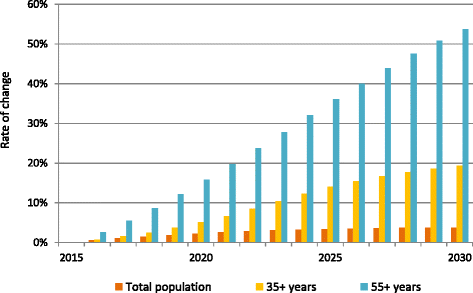
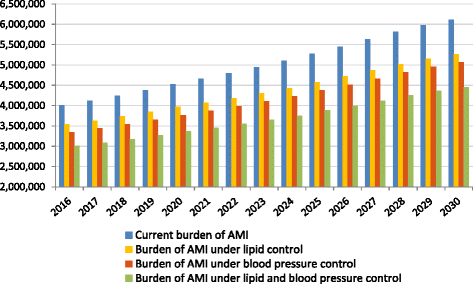
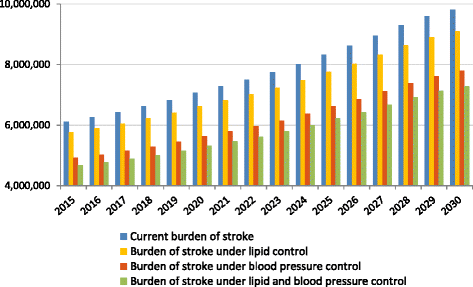
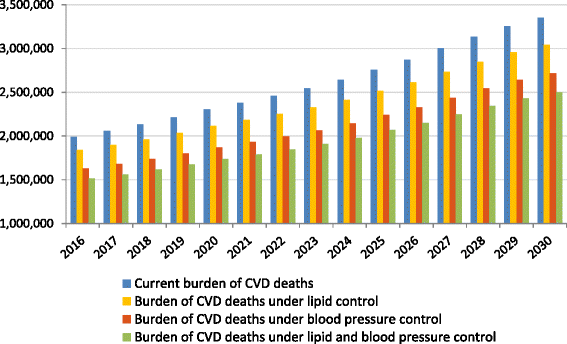
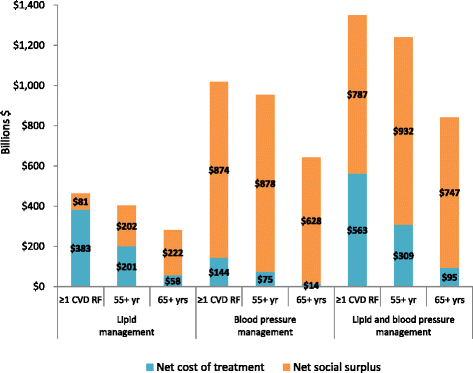
References
-
- Hu SS, Kong LZ, Gao RL, Zhu ML, Wang W, Wang YJ, et al. Outline of the report on cardiovascular disease in China, 2010. Biomed Environ Sci. 2012;25(3):251–6. - PubMed
MeSH terms
Substances
LinkOut - more resources
Full Text Sources
Other Literature Sources
Medical

